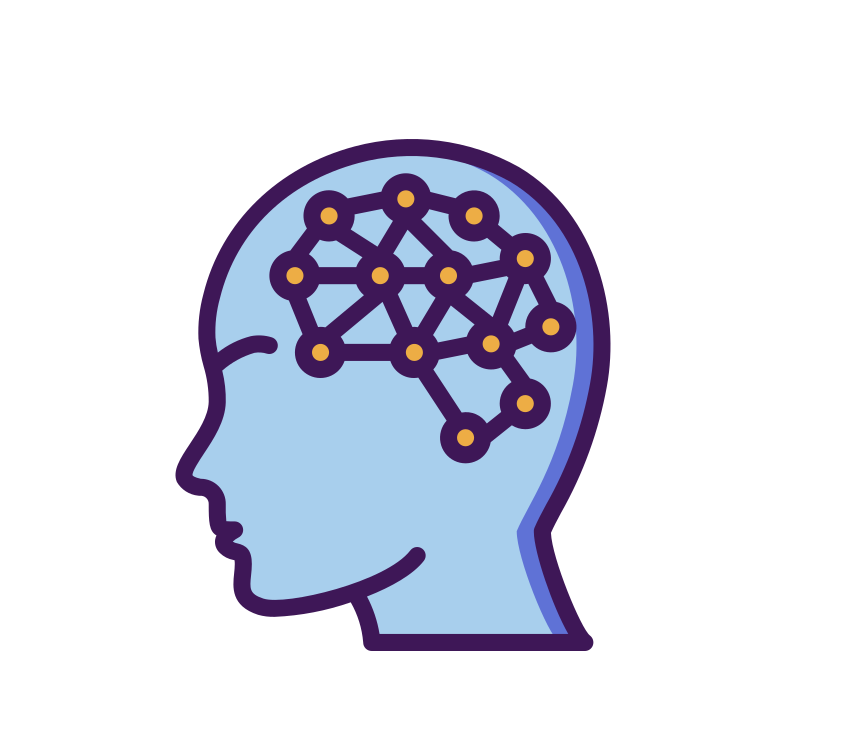Health Inequalities
Quickly and reliably find opportunities for population health improvement within different communities and geographies.
Hypothesis test the highest value interventions and reduce the reliance on anecdote when making decisions.
Support PCREF with exploratory tools that focus on the metrics that matter.
Use advanced data models guided by academic research to make more informed decisions and ensure no service users fall through the gaps.
What do we mean by inequalities? Where do we look? How do we find out who needs the most attention, and where these people are?
These are questions all our clients have, when it comes to addressing their health inequalities. Trusts struggle with developing a solid, data-informed evidence base to make important decisions and action inequalities quickly and effectively.
how it works
Internal trust data is combined with both census and population health datasets into a single data model.

Population-indexed metrics, developed across multiple trusts, provide a comparable view across incredibly granular cohort demographics.

Guided by academic research into the indicators of Mental Health incidence, population health metrics from a variety of public sources are imported into the model

Tools that allow users to analyse access, experience and outcome measures, to understand quickly where efforts should be focused.

Population mapping tools that allow users to understand their local areas, and investigate predicted population growth, demographic breakdowns, and relative deprivation.

Machine learning models use the population health profile of every area and go one step further in the analysis – showing not just which metrics are high or low, but what is driving them.

Case studies
Embedding data-driven decision making into a Health Inequalities program, using machine learning tools
Find out more
